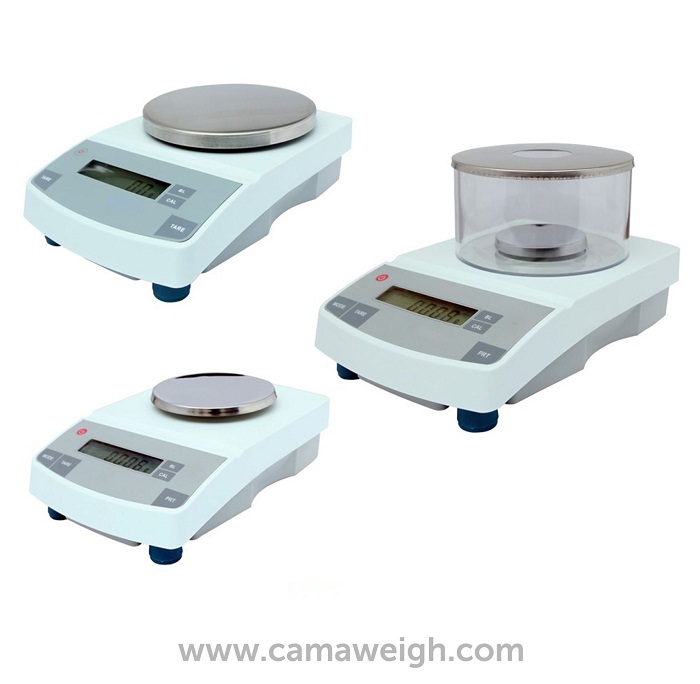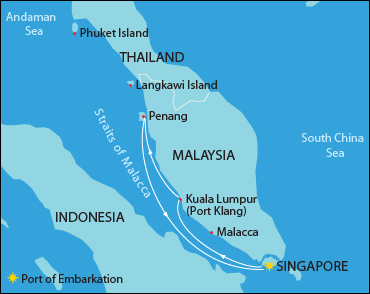
Introduction to Malaysia
- Malaysia has a population of 32.9 million
- Capital: Kuala Lumpur
- Official language: Malay
- Total Area: 330,803 km2
- Currency: Malaysian ringgit
Economic Statistics of Malaysia
Economic Overview:
- Malaysia is the 13th largest economy in Asia.
- Malaysia is the 6th largest economy in Southeast Asia.
- Malaysia has a nominal GDP of $365 billion dollars.
- The largest industries: Industrial and General Rubber, Oil Palm, Petroleum and Natural Gas, Light Manufacturing, and Pharmaceuticals.
Economy breakdown:
- Services 54%
- Industry 37%
- Manufacturing 22%
- Agriculture 7%.
Main importers of Malaysia’s goods:
- China 14%
- Singapore 13%
- United States 10%.
- Hong Kong 7%
Main exporters to Malaysia:
- China 21%
- Singapore 11%
- United States 8%.
- Japan 7%
The Manufacturing Industry in Malaysia
The manufacturing industry contributes to Malaysia’s economic growth yearly by at least 5% in the GDP. The transformation in the manufacturing sector has increased employment, salaries and wages, exports of goods, and labor productivity in the country.
Some of the manufacturing sub-sectors include:
- Electronic and Engineering: This accounted for 24% of the manufacturing sector's GDP, representing 49% in exports and 35% in all imports in 2014. The largest sub-sector in this industry is electronic components, such as semiconductor devices, integrated circuits, transistors, and valves. Then, it is followed by industrial electronics, consumer electronics, and electrical goods. Some electronic equipment Camaweigh trades are:
- Pharmaceuticals: In Malaysia, pharmaceuticals are divided into two broad streams - primarily local businesses that rely on medicines, supplements, over-the-counter drugs and generics, and MNCs with international tested and approved drugs distributed in pharmacies and health centers. Malaysia exported USD 1.1 billion and imported USD 173 million worth of pharmaceuticals. Pharmaceuticals use different weighing equipment, including:
- Lab balances
- Load cells
- Counting scalesto monitor incoming feedstocks and control the production process.
- Medical Devices: In Asia, Malaysia is becoming a well-placed country for any medical equipment. In 2018, Malaysia's medical device industry accounted for USD 2.5 billion in exports and USD 7.3 million in imports. At Camaweigh, you can buy different patient weighing equipment.
- Lab balances
- Load cells
- Contact us for a FREE quotation in medical scales and laboratory scales.

Medical scale for home, laboratory, or pharmacracy use. Medical scales come with digital display and read in milligrams and grams.
The Manufacturing Industry in Malaysia
Given the economic growth of Malaysia, the demand for transportation and logistics services is expected to increase. A rise in global trading and consumer spending in Malaysia means the logistic industry will continue to grow in freight volumes, improve logistic infrastructures, and create more structural growth for e-Commerce.
The primary revenue streams for the logistic industry are freight forwarding, transportation, and warehousing services. In 2016, the Malaysian logistic sector was expected to expand at a compound annual growth rate of 12%, and it is forecasted to grow with the government spending on infrastructure.
Furthermore, transportation and shipping industries rely on weighbridge truck’s accuracy and the prevention of accidents and errors while reducing operating costs and increasing investment return.
Types of Weighing System Used in Transportation and Logistic Industry:
These types of weighing equipment are applied to many kinds of industries, such as shipping, construction, agriculture logistics, and vehicle:
- Weighbridge Truck Scales
- Portable Truck Scales
- Vehicle Scales
- Forklift Scales
- Axle Scales
- Floor Scales for inventory, baggage at airports, or Pallet Truck Scales
- Bench and Shipping Scales
- On-Board Truck Scales
- Crane Scales
Sea Ports and Trading Hubs of Malaysia
Malaysia is accessible by both land and sea.
For international trading, the main sea ports in Malaysia are: Port Klang, Penang Port, Johor Port, Kuantan Port, Tanjung Pelepas Port, and Bintulu Port.
When exporting products to our clients in Malaysia, Camaweigh uses the largest and busiest port: Port Klang.

What weighing equipment does Malaysia import?
Some of the leading weighing equipment that Malaysia import include:
- Accessories from Load Cells to Traffic Lights and Displays
- Vehicles Weighing Products like weighbridge
- Industrial Weighing Scale, ranging from platform, floor, counting scales to pallet truck scales
- Laboratory (LAB) Scales
- Medical Scales
- Test Weights like precision weighs and heavy-duty cast-iron weights
- Hydraulic Liftor Scissor Lift Table
- Intelligent Weighing System
- Special Scales for livestock, logistic, or airport
What regulations are there on importing equipment to Malaysia?
Malaysia’s tariffs are normally set on an ad valorem basis, with an average of 6.1% for industrial goods. When importing equipment, Malaysian customs request the following documents:
- Invoice
- Packing list
- Delivery letter
- Leaflet, catalog, or other related documents
- Insurance certificate
- Bill of lading/airway bill
- Letter of credit
- Permit, licenses, or certificates
- Proof of fare payment
- Declaration form (Customs Form No. 1) that shows the quantity, description of packages/crates, value, weight, and type of goods and country of origin
- Completed Custom forms and submit them to Customs offices at the place where products are imported or exported
- All customs taxes (import tax and sales tax) required on imported goods must be paid prior to before they will be released.
Camaweigh will make sure to handle all logistic and documentation processes for your company and our worldwide clients.
What weighing equipment does Malaysia import?
Some of the leading weighing equipment that Malaysia import include:
- Availability – Customers require equipment in a timely manner, and sometimes, local industries have limited capacity and availability.
- High Equipment Cost – Given domestic competition and high production and labor costs, equipment is more expensive to buy domestically than internationally.
- Equipment Quality - While most international equipment suppliers have good brand reputation and quality products, some smaller domestic manufacturers can have alternative equipment quality.
Where Can I buy Equipment for Malaysia?
Camaweigh has been exporting a wide range of weighing equipment to clients in Malaysia. Feel free to contact us at [email protected] or WhatsApp us at +86-131-2037-9271 for a FREE quotation.


 French
French Spanish
Spanish